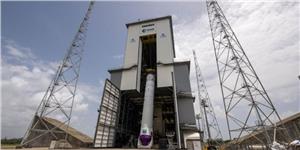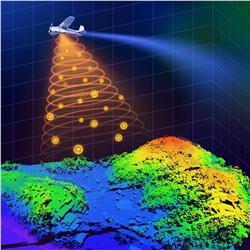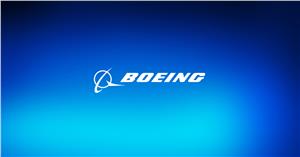NASA delays Artemis II and III missions
NASA's Moon mission launch dates have slid by about a year – Artemis II to September 2025 and Artemis III to September 2026. Artemis IV, the first mission to the Gateway lunar space station, remains scheduled for September 2028. NASA announced on Tuesday it had pushed back the dates for the first crewed test flight of the Space Launch System (SLS) and Orion spacecraft, Artemis II, and the crewed South Pole lunar landing Artemis III – the one where astronauts will actually land on the Moon – citing safety concerns. "Safety is our top priority, and to give Artemis teams more time to work through the challenges with first-time developments, operations, and integration, we're going to give more time on Artemis II and III," explained [VIDEO] NASA boss Bill Nelson. "As we prepare to send our friends and colleagues on this mission, we're committed to launching as safely as possible and we will launch when we're ready," added Associate Administrator Jim Free. A number of systems and technologies were named as requiring more development or refinement. For Artemis II, Deputy Associate Administrator of the Moon to Mars Program Amit Kshatriya identified some of those as the new facilities at Kennedy Space Center that will enable rapid turnaround for propellant loading, crew ingress and egress, a new launch vehicle abort system, and a new life support system. Furthermore, Artemis I revealed some unexpected behavior from the heat shield. Although the specification adequately protected Orion, it underwent unexpected charring. Some charring was expected, but charring that was "liberated" or flaked from the spacecraft was not anticipated. An investigation into the heat shield is expected to conclude by spring. "We understand perfectly the lessons of our history and even though we believe we understand and that our hardware is performing according to requirements, we have to be absolutely certain that we understand the integrated performance of that system when there are excursions from that performance," reasoned Kshatriya. While the heat shield issue was discovered during a previous mission, component testing has also revealed challenges. Acceptance of Artemis III life support system components revealed a failure in some motor valve circuitry that drives valves on the spacecraft. The components passed acceptance for Artemis II but not III so NASA stopped to have a more detailed look and found a design flaw that could result in a problem with the CO2 scrubbing system. There is also concern over batteries used in Orion's abort system during its separation from the SLS. While Orion is proven to withstand the harsh environment of space, NASA is not yet convinced the batteries can do the same. Even beyond components and heat shields, there's a lot that needs to be done. "We must be realistic," Free said of Artemis III. "We're looking at our Starship progress, and need for propellant transfer, the need for numerous landings. We're looking at our spacesuits that we're acquiring in a different manner than we've done before, and developing the new spacesuits as well. It's an incredibly large challenge and a really big deal." That propellant transfer will present some challenges. The landing craft for Artemis III is slated to be a larger version of the Starship, supplied by SpaceX, and will require multiple refuelings to make it to the Moon. SpaceX's Jessica Jensen was on the call to answer how many refueling flights it would take to get from low Earth orbit to the lunar surface. "I will say it will roughly be ten-ish, that would be my rough guess right now, but it could be lower depending on how well the first flight tests go – or it could be a little bit higher," approximated Jensen. As to whether the projected dates would be pushed back again, Free answered that there were 11 industry partners with signed contracts to meet the dates, with the commitment based on technical details. Meanwhile, Kshatriya also stressed flexibility. "This is a long-term exploration campaign and what that means is that we're working on all these missions essentially simultaneously, we need flexibility in our manifest, we need resilience in our manifest and that is the commitment we have from all of our NASA programs and all of our industry partners." NASA was quick to play up its partners – both international agencies and industry. It's a sign of the times as the agency continues to rely on companies like SpaceX. "This is a team effort an international effort that involves our government, our international partners, our industrial partners, collaborating to achieve new milestones in human lunar exploration," said Free. Earlier this week, NASA announced its latest international partnership with the United Arab Emirates' Mohammed bin Rashid Space Centre. "NASA and the Mohammed Bin Rashid Space Centre (MBRSC) have entered into an agreement for MBRSC to provide the Crew and Science Airlock module for the Gateway Space Station. As part of the agreement, NASA will fly a United Arab Emirates astronaut to Gateway on a future Artemis mission," said a NASA news release. ®









